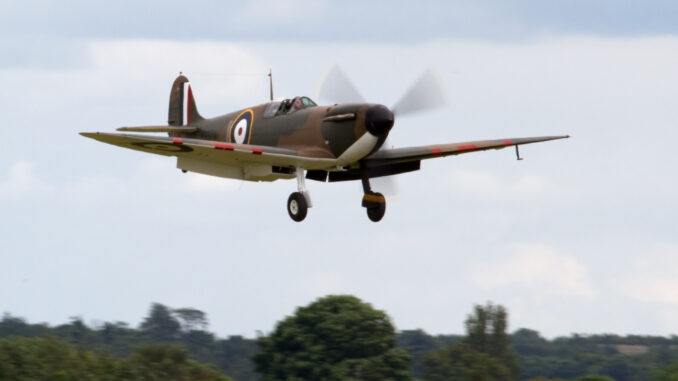
We here at Vintage Aviation News are proud to announce the addition of another sponsor to assist our mission in helping preserve our aviation heritage for future generations. As a result, we are welcoming Jeremy Cox and his company JetValues – Jeremy LLC to the fold. JetValues specializes in the complexities of providing accurate aircraft appraisals for their clients; we received the following details from Jeremy Cox describing the term “provenance” and how it applies to his aircraft appraisal process…
“Provenance” and Warbird Values
by Jeremy Cox
The title of this article is both accurate and misleading simultaneously. While “provenance” definitely applies to certain warbirds, it also applies to anything of value – art, jewelry, ships, automobiles, vintage aircraft, spacecraft… the list goes on.
“Provenance” is used extensively by major auction houses such as Sotheby’s and Christies, but also by me – an aircraft appraiser who specializes in “off-book” aircraft, where “off-book” refers to any aircraft not listed/covered by a Price/Value Guide. This kind of appraisal therefore requires a lot of research before I can confidently calculate a credible opinion regarding value.
Merriam-Webster define the word “Provenance” as: ‘1. Origin, Source; 2. the history of ownership of a valued object, or work of art, or literature.’
Any item with significant “provenance” usually adds to its intrinsic value. Indeed, Simon de Burton of Classic Driver Online Magazine has identified the fact that automobiles once owned by Steve McQueen (ownership history) are “all at least double the value of comparable, non-McQueen examples.” For instance, a Series 1 Land Rover gifted to Sir Winston Churchill on his 80th birthday made £119,000 (roughly US$188,000) at auction in 2012, which is at least four-times what a typical ‘mint’ Series 1 example would have made at the time.
Looking to similar examples in the aviation world, a private jet once owned by Elvis Presley sold for $430,000 at a California auction. The 1962 Lockheed Jetstar (L-1329 Jetstar 6, s/n. 5016, N440RM) had sat on a ramp in Roswell, New Mexico for 35 years, had no engines and an unrestored cockpit. The resulting price was 400 to 500% above Fair Market Value (FMV).
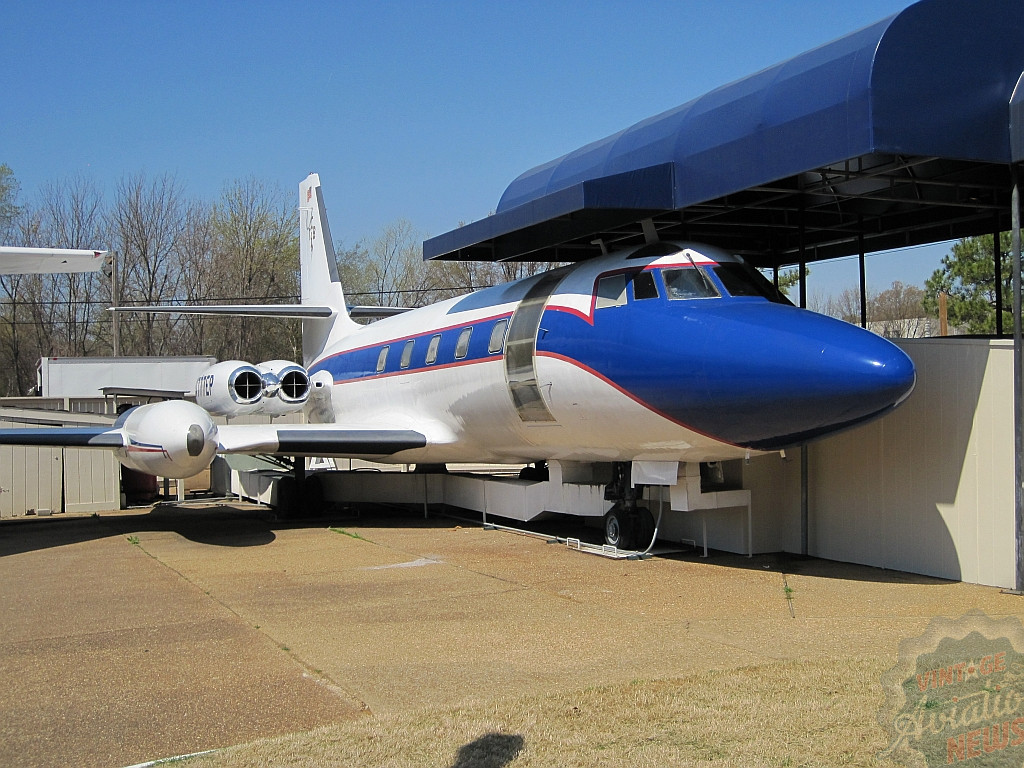
Frank Sinatra, after taking delivery of his new Learjet 23 in 1965 (s/n. 031 – N175FS), named it Christina II after his youngest daughter. Atlanta Air Salvage discovered the ownership history in 2005, raising the airframe’s price some 400 to 500% above FMV again.
While the P-51 Mustang is a highly desirable warbird, they are relatively common today. However, most surviving examples have no little military history to them, having survived precisely because they hadn’t been worn out through the rigors of combat. However, P-51D-20-NA Mustang 44-72364 (N723FH) is a combat veteran which served with the 8th Air Force’s 353rd Fighter Group. It was assigned to Captain Harrison “Bud” Tordoff, who is credited with shooting down a German Me 262 jet fighter. The late Paul Allen’s Flying Heritage & Combat Armor Museum acquired this aircraft in 1998 and had it restored with a level of authenticity matching it almost exactly to the way it was back in 1945. Bought by the late Paul Allen in 2004 for US$9Million (500 to 600% above FMV).
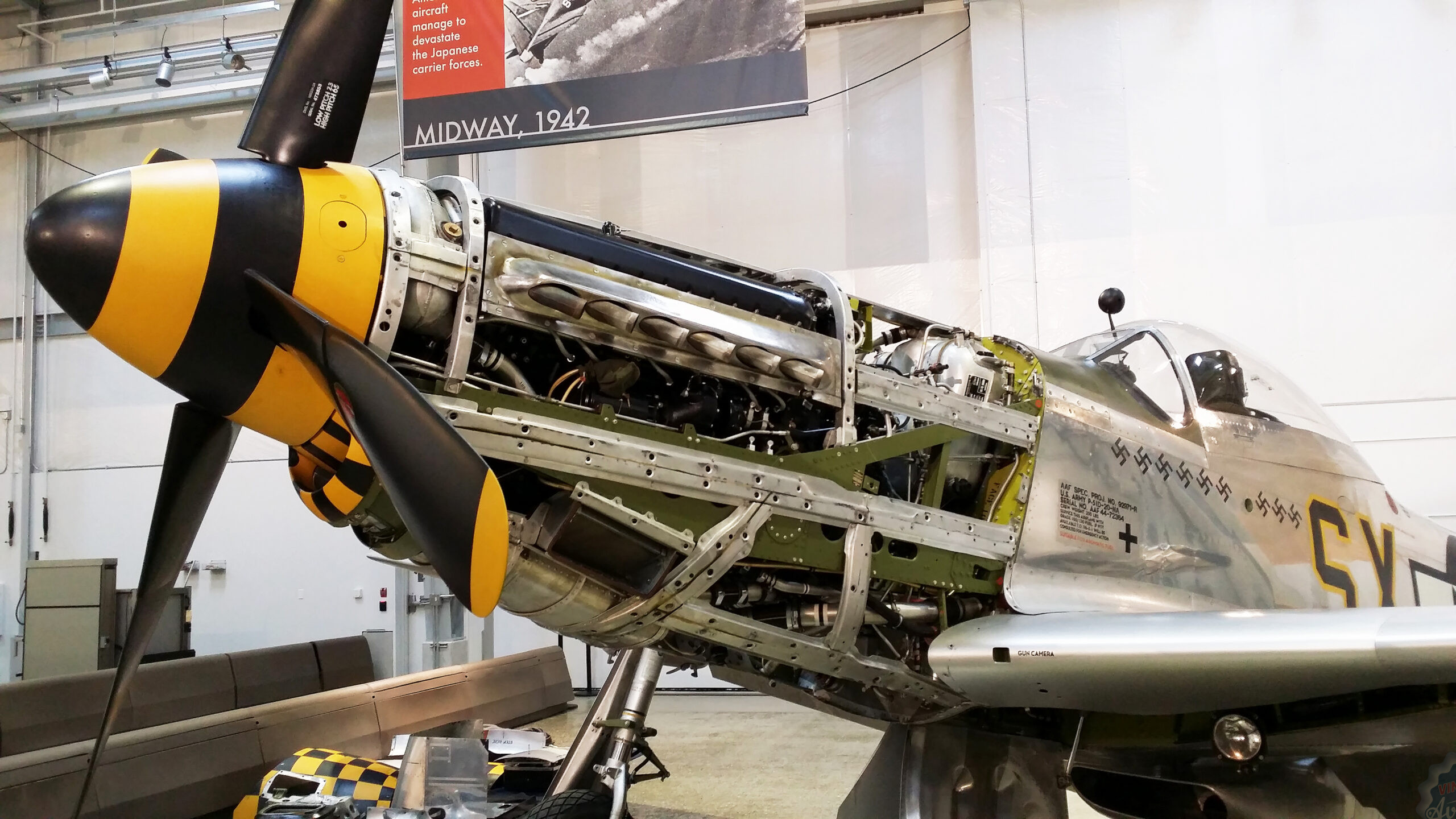
In September 1980 the wreckage of a Supermarine Spitfire emerged from the sands on a beach in Calais, France. It had crash-landed there following combat during the Battle of France in May, 1940. Initially, the identity of the aircraft remained a mystery, but following its recovery by the manager of the nearby Hoverport in January 1981, the Spitfire was identified as P9374, an early Mk.I variant of Supermarine’s finest creation. P9374 was one of a batch of 138 Spitfires built under Air Ministry contract at Supermarine’s Woolston works and delivered to the RAF on March 2nd, 1940 before arriving, four days later, at RAF Croydon to join No.92 Squadron. Records show that P9374 had a total flight time of 32 hours and 5 minutes at the time of her loss on Friday May 24th, 1940.
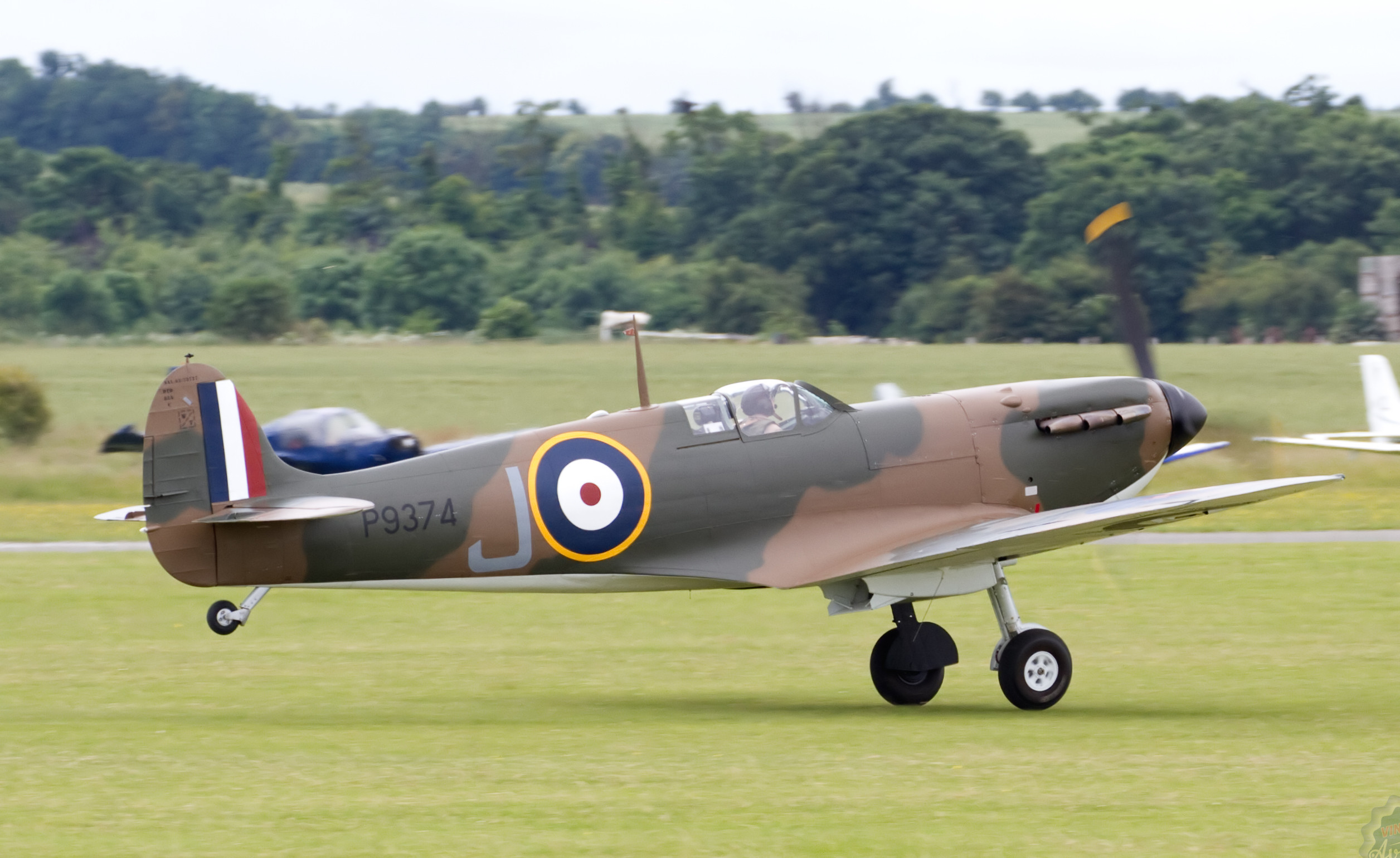
Following a ground-up rebuild in Duxford, Cambridgeshire, P9374 performed her first post-restoration test flight On Thursday September 1st, 2011. On Thursday July 9th, 2015 at the Christie’s, King Street Auction House in London, England this extremely rare Spitfire sold for US$4,836,000 (double its estimated market value). Ronald Lauder (Estee Lauder family) is the lucky new owner, and had P9374 shipped to his aircraft collection based in New York State.
And then there is spaceflight. While there are various definitions for what constitutes the division between Earth’s atmosphere and the beginning of space, the so-called “Karman Line” is often. The Fédération Aéronautique Internationale defines the Karman Line as being located 100 km (62 statute miles/330,000 feet) above Mean Sea Level. Due to their scarcity, any object which crosses the Karman Line has a FMV which ‘skyrockets’ – please excuse my pun! Indeed, Earl Mullins, a life-long expert collector and trader of ‘space artifacts’ and founding President of The Space Museum, in Bonne Terre, Missouri, has determined that any artifact which has provenance for having flown in space is worth at least five-times what any solely earthbound example might be. Space-flown objects are the ‘holy grail’ for many collectors – any artifact with a history of having landed on the Moon, for example, is worth at least nine-times that of its terrestrial brethren.
So how do I use these examples to factor “Provenance” confidently within my appraisals? Well, first I categorize…
Based on ‘age’, and when historical provenance value is considered, I categorize everything as follows:
1. Pre-20th Century (all dates prior)
2. Pioneer (1900 thru 1913)
3. Great War (1914 thru 1919)
4. Roaring 20’s includes the ‘First Record Breakers’ (1920 thru 1929)
5. Pre-World War includes the ‘Second Record Breakers’ (1930 thru 1939)
6. Early Rotary Wing (1923 thru 1945)
7. WWII Warbird Era (1940 thru 1946)
8. Modern Rotary Wing (1946 to-date)
9. Pistons Golden Age (1947 thru 1958)
10. Early Jets (mostly Warbirds 1942 thru 1957)
11. Classic Turboprops (1948 thru 1987)
12. The Jet Age (1958 thru 1980)
13. Modern Jets (1981 to-date)
14. Modern Turboprops (1988 to-date)
15. Pistons ‘Pre LCD/EFIS’ (1959 thru 1998)
16. Modern Pistons (1999 to-date)
17. Experimental Aircraft – New Design or Amateur Built (any dates)
18. Ultralight/Amateur Built/Light Sport (any dates)
19. Electric Aircraft (any dates)
20. Replica (any dates)
21. Spacecraft (a vehicle for operation outside the Earth’s atmosphere (1944 to-date))
I then hold any verified facts (which I have discovered during my research about the aircraft) against the following “Provenance” Events listed out in my “Provenance” Rating Table, as follows:
Images and/or Film Footage in-action
Documented Kills
Operated in Action (Flown during a conflict)
Famous Pilot
Operated for an Iconic Person
Operated for a Famous Person
Operated for a Person of Note
Made a Unique Kill (like shooting down a jet when a piston aircraft, or dropped the first whatever?)
Only One In Existence in the World (Must be Original)
Only One Flying in the World
Restored to be Authentic
Grand Champion Gold Wrench Award at EAA AirVenture (or Int’l Equiv.)
Grand Champion Award at Sun ‘n Fun (or Int’l Equiv.)
Still Operational in a Squadron/Air Force (Not for demonstration purposes)
My “Provenance” Rating Table also applies to Civilian (non-Warbird), and Spacecraft, with different categories in each group. Over the past 280+ years of aeronautical history, more than 1,150 identifiable manufacturers have produced aircraft in some form or another. However, when one looks through all of the existing Price-Guides, fewer than 150 manufacturers are covered within their pages. Therefore, when I use my term “Off-Book” aircraft, I am referring to the 1,000+ makes and models of aircraft which are not covered in those guides.
Fortunately for me, I have found that there is an excellent living to be made from appraising ‘Off-Book” Aircraft. All it takes is a willingness to wear many hats – such as a researcher, historian (and aviation geek!) – all in addition to my ‘day-job’ as an accredited aircraft appraiser.
As one of my clients put it to me recently: ”You are discovering the provenance of my aircraft which is great!” This simple statement essentially meant that, through my research into the history of the subject aircraft, its history unfolds into both a written and pictorial narrative included in my appraisal report – and this often means the aircraft deserves a higher appraised value. Nothing is ‘made-up’ or invented… just discovered!
Jeremy Cox – Biography: Warbirds of America Lifetime Member, North American Trainer Association Lifetime Member, and a Colonel in the Commemorative Air Force – Lifetime Member
I have spent several decades working in aviation, appraising aircraft for more than 20 of those years. I hold an FAA A&P Mechanics Certificate, an FAA Inspection Authorization and various other certificates. I have spent numerous years working on maintenance of aircraft, including serving as Vice President and General Manager of an FAA Certified Repair Station under 14 FAR 145. The following is a summary of my professional accomplishments, including a selection of completion certificates:
• Senior Certified Aircraft Appraiser (ASA & NAAA)
• USPAP Conforming Appraiser
• Certified Aircraft Buyers Agent
• Member – American Society of Appraisers
• ASA Instructor for the Aircraft Valuation Program: ME201-ACS ‘Introduction to Machinery and Equipment Valuation’; ME202-ACS ‘Machinery and Equipment Valuation Methodology’; ME203-ACS ‘Advanced Topics and Case Studies’; ME204-ACS ‘Advanced Topics and Report Writing’; Also, ME162-WEB ‘Appraising Off-Book Aircraft. Managing all of the Necessary Value Components’
• Former Professional Aircraft Broker
• Aviation Consultant
• Former President of the Greater St. Louis Air & Space Museum
• Current Serving Vice President of the Greater St. Louis Business Aviation Association
• Member of the National Business Aviation Association
• Elected Technician of the Royal Aeronautical Society of Great Britain
• FAA Certified Airframe and Powerplant Mechanic with Inspection Authorization
• FCC GROL Licensed Operator/Technician
• CAA Aircraft Engineering Certificate Holder
• Former Experimental Aircraft Association Technical Counsellor
• Gulfstream II/IIB Maintenance Qualified
• Falcon 20 Maintenance Qualified
• Commercial and Instrument Rated Pilot (no medical)
• Certified Ag Pilot
• Aircraft Delivery Specialist
• Published Aviation Writer
• Author of St. Louis Aviation, ISBN # 97807385884102
• Expert Witness in Aviation Legal Cases


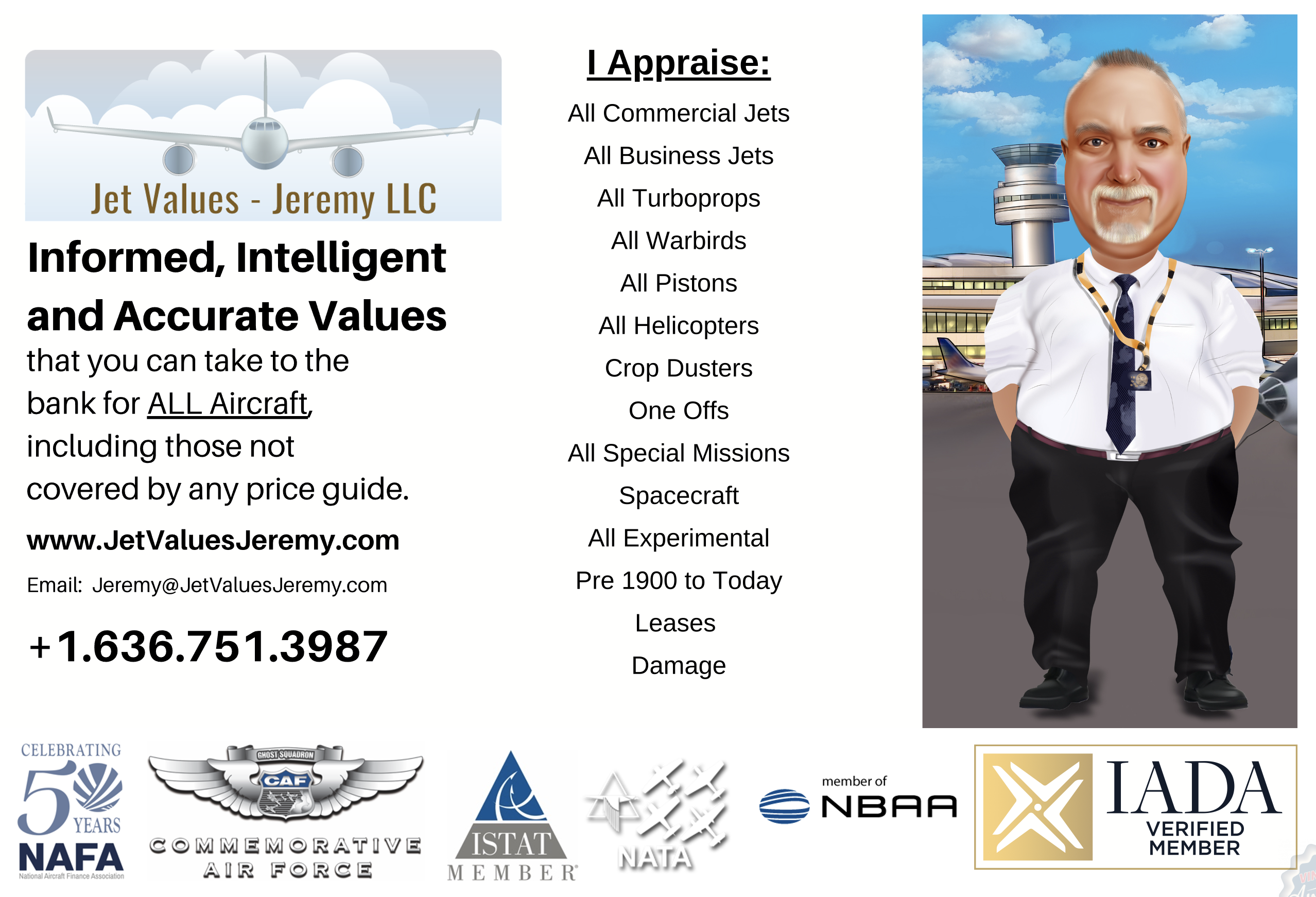
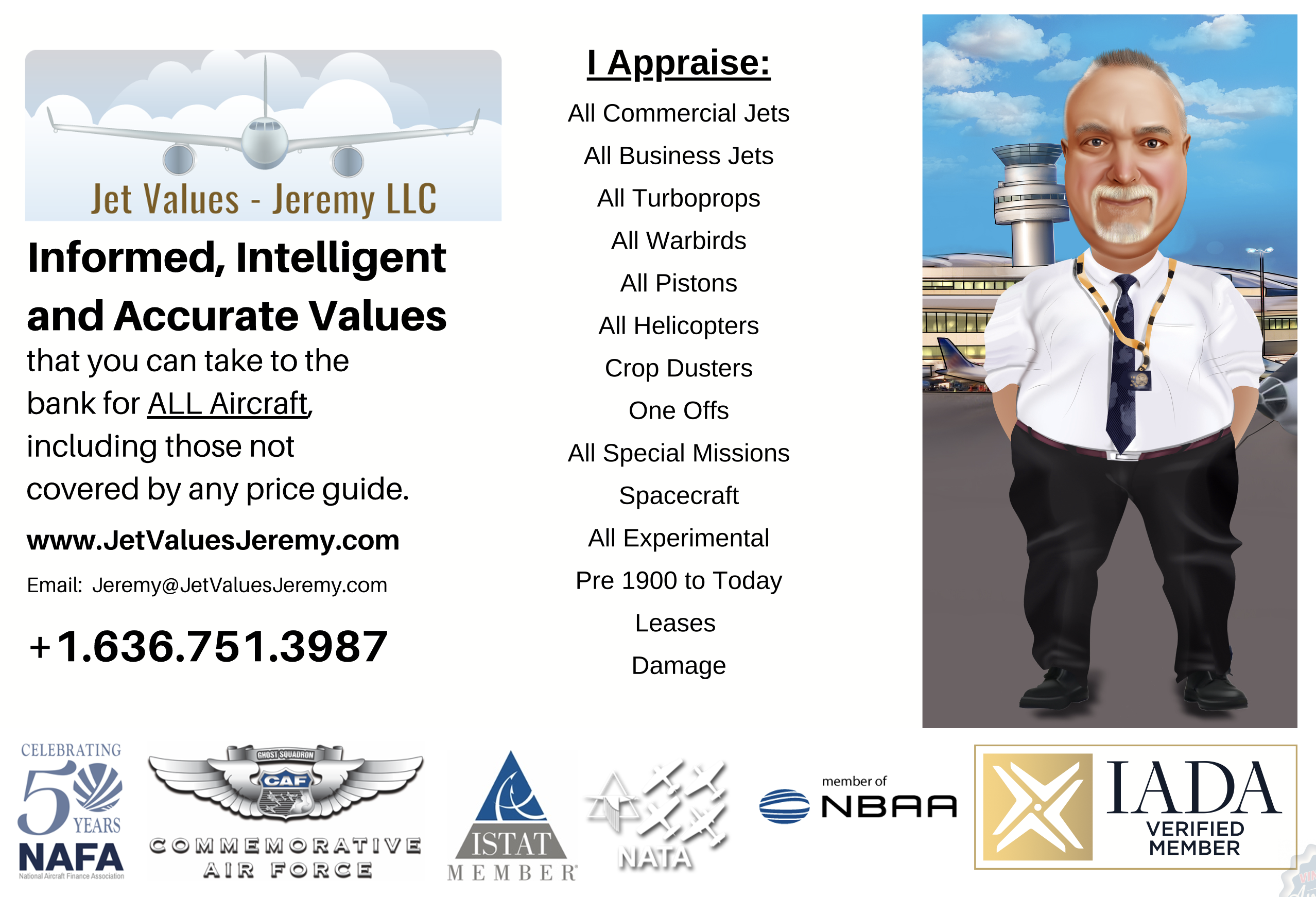

Loved your piece on appraisals and “provenance! It certainly makes one appreciate all the sleuthing a good appraiser works through for an accurate value, and the bonus is possibly discovering a legacy.
Thank you Susan. Good appraisal practice definitely involves an element of detective work.
Be Well
Does provenance and appraisal include an originality score? My understanding is that Spitfire P9374 has a few parts here and there from what was dragged out of the sand (including no doubt the data plate) but to produce a flyable aircraft meant the airframe was “completely rebuilt” and many components weren’t in the original. The extent of rebuilding means some flyable warbirds could be viewed as replicas but they are not sold as such and the prices they realise don’t indicate this. I’d be interested to know if originality is even taken into account nowadays.